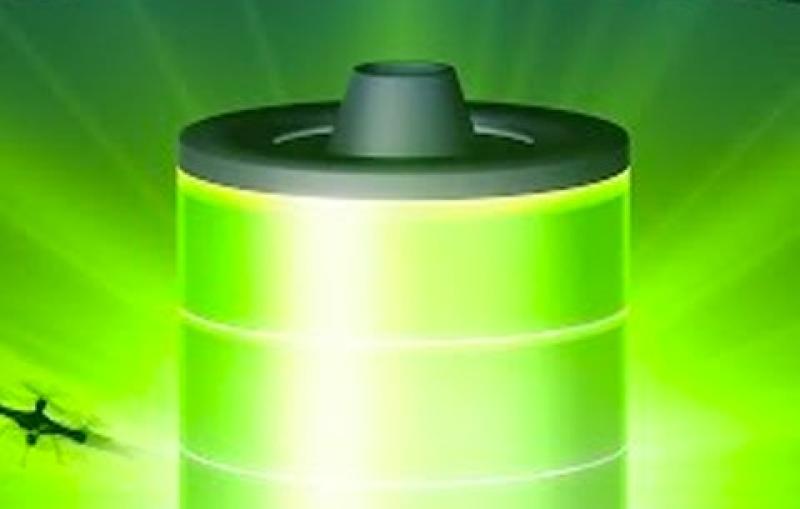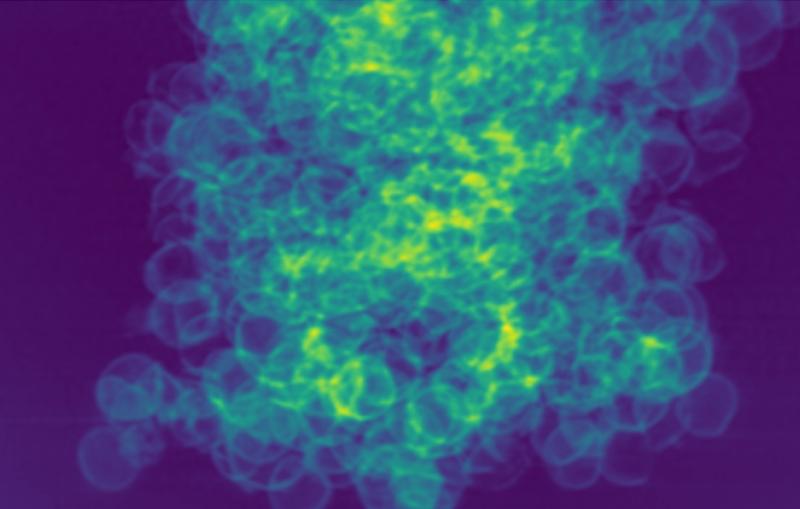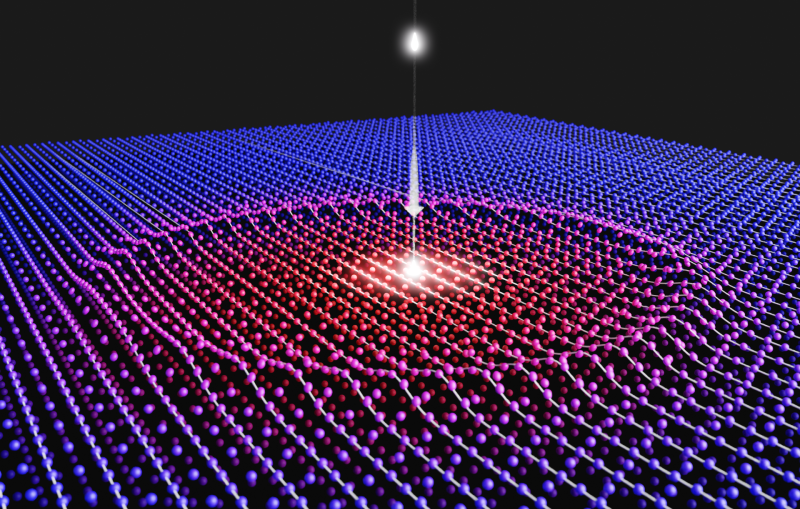
News Feature


News Feature
VIA Brookhaven Lab
Atomic 'GPS' elucidates movement during ultrafast material transitions

One of the most urgent challenges of our time is discovering how to generate the energy and products we need sustainably, without compromising the well-being of future generations by depleting limited resources or accelerating climate change. SLAC pursues this goal on many levels.



